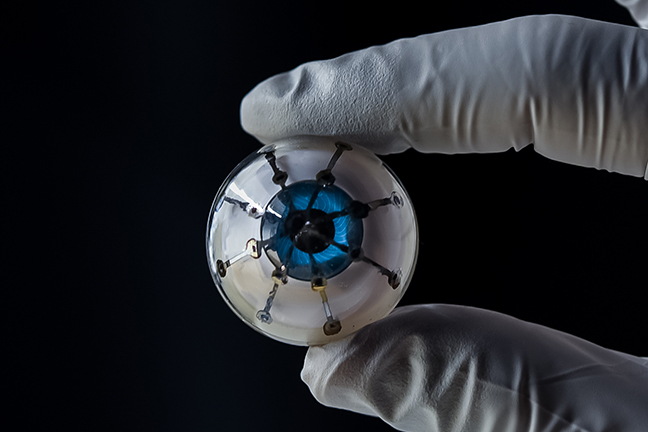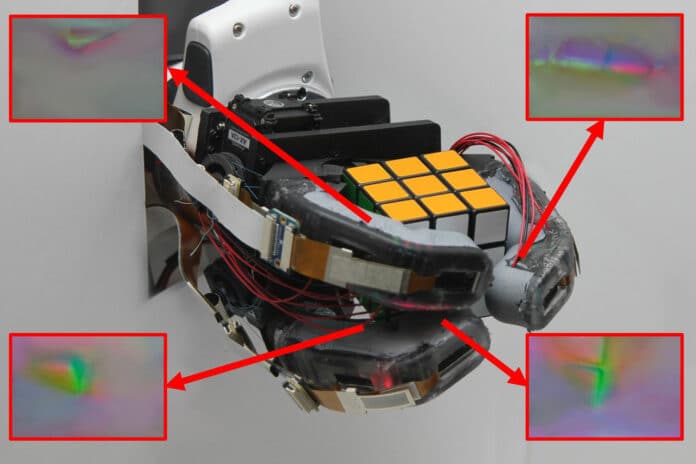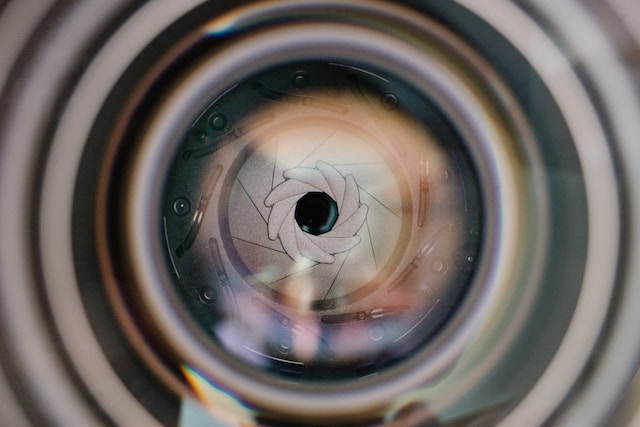Bionic eyes have long been a staple in science fiction, but now they are well on their way to becoming a reality.
In a major breakthrough, a team of researchers from the University of Minnesota has successfully 3D printed an optoelectronic eye for the first time.
The research could prove a life-changing development for the visually impaired
To create the bionic eye, the researchers started with printing a hemispherical glass dome using a custom-built 3D printer with a base ink of silver particles. This ink stayed in place and dried uniformly for printing “photodiodes” — semiconductors to convert light into electricity.
But the team found that the 3D-printed photodiodes could convert light into electricity with only a 25 percent efficiency.
Now, the researchers are working on creating a prototype with light receptors that are more efficient. They are also working to find a way to print on a soft hemispherical material that can be implanted into a real eye.
Michael McAlpine, co-author of the study published in Advanced Materials explains that he has a personal reason driving his efforts, saying “My mother is blind in one eye, and whenever I talk about my work, she says, ‘When are you going to print me a bionic eye?’”







